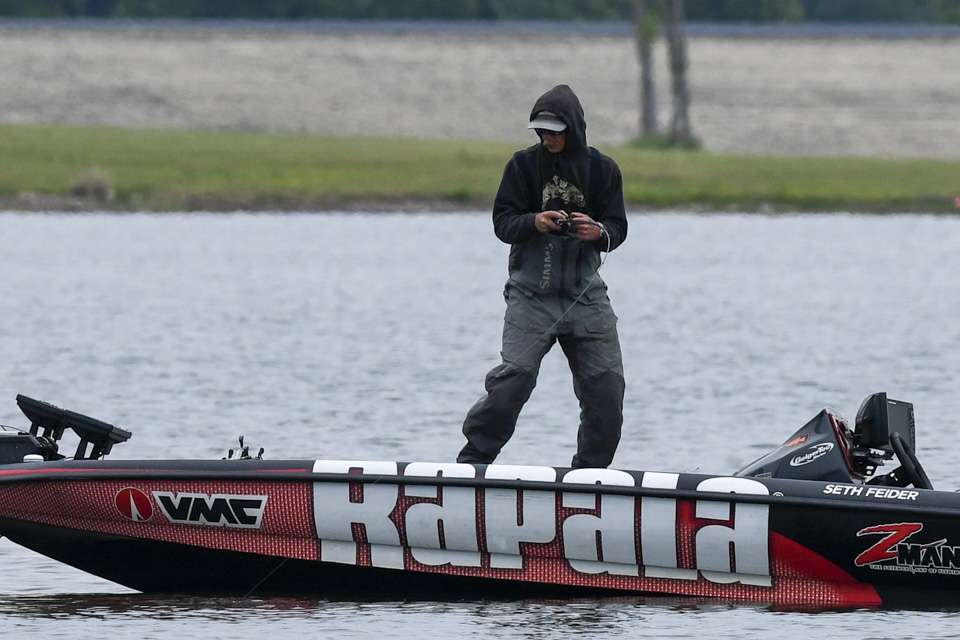
Seth Feider just caught and released, a bass with the tail of a shad protruding from its mouth, confirming what we already knew. Patrick Walters is ahead of where he was this time yesterday on the BassTrakk scoreboard. And so is Taku Ito.
The abundance of gizzard and threadfin is a reason why. Bass fishermen often judge a fishery by its forage base. More baitfish mean better fishing. What happens at Lake Fork extends beyond the shoreline.
A lake cannot support a healthy forage base without the food to feed it. At Lake Fork that is the watershed, which builds the forage base from the ground up, beginning with plankton blooms for the smallest fish. Those feed larger fish and on up to the top of the food chain with the largemouth.
“The Lake Fork watershed is unlike any other,” explained Jake Norman, the Texas Parks and Wildlife District Supervisor who oversees the science of managing the lake. “The nutrient level here stays incredibly high due to all of the feeder creeks.”
Feeder creeks are where nutrients enter the lake. Feeder creeks are abundant in Lake Fork and spread those nutrients throughout the lake.
“The watershed really drives it all by enabling the lake to feed itself from the bottom of the food chain on up,” added Norman. “What is happening here with the watershed is the perfect case scenario for growing big bass

